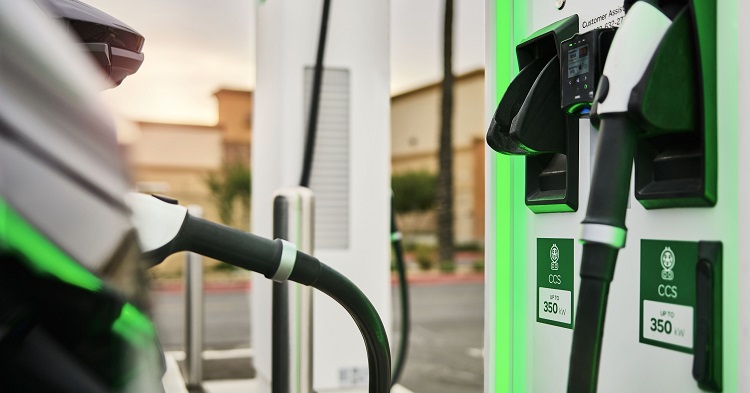The green energy movement, with its promises of windmills, solar panels, and renewable energy, faces yet another setback. Despite billions allocated by Congress for infrastructure development, the vision of a green energy future remains elusive. But that hasn’t stopped the left from pushing their climate agenda, with Electric Vehicles (EVs) at the forefront. The Biden Administration has made EV adoption a mandate, but Americans have been slow to embrace plug-in cars and trucks.
Several factors contribute to this reluctance, including the high cost of EVs, their inconsistent performance, limited range, technical issues, and supply chain disruptions. Furthermore, many American consumers simply prefer gasoline-powered vehicles, as EVs have struggled to gain traction in the market. Sluggish sales have left dealers with unsold inventory, prompting a coalition of dealers to request a temporary pause in the push for EVs.
However, the primary reason for consumer hesitation boils down to range. Even the models with the longest advertised range fall short of providing the convenience needed for road trips or family vacations, often necessitating frequent charging stops. Adding to the skepticism is the discrepancy between advertised range and real-world performance, causing the public to continue relying on reliable gasoline-powered vehicles.
The major hurdle to widespread EV adoption has been the lack of a charging infrastructure capable of supporting a large number of EVs. In 2021, Congress allocated a substantial $7.5 billion towards developing a nationwide charging network. However, as of today, not a single charger has been built with those funds.
Politico reports that the United States currently has 180,000 charging stations, of which only 41,000 are fast chargers. To meet the estimated need of 1.2 million public chargers by 2030, including 182,000 fast chargers, less than half of the states have initiated the bidding process for contractors. Democrats blame Republicans for the delays, while states and the charger industry point fingers at contractors and regulatory obstacles.
Of the allocated funds, $5 billion is designated for fast chargers along the country’s interstate system, with plans to install them every 50 miles. These chargers are expected to maintain 97 percent uptime and feature card readers for payment. However, the long-term maintenance and functionality of such a vast network remain uncertain, risking stranding countless motorists in need of a charge.
Democrats fear that the slow progress in infrastructure development may become a focal point for GOP criticism during upcoming elections. Former President Donald Trump echoed the public’s concerns when he met with the United Auto Workers, stating that the initial excitement of owning an EV is quickly overshadowed by anxiety over charging availability.
Trump’s assessment reflects the sentiments of many consumers who remain cautious about relying solely on cords and plugs to keep their vehicles on the road. Several challenges, including range limitations, safety concerns, and pricing issues, need to be addressed before EVs can become more than just novelties. Perhaps a shift towards offering EVs as alternatives rather than mandates is more realistic, especially given the slow progress of the charging infrastructure.
In conclusion, the journey towards an EV-dominated future is still fraught with obstacles. As the charging infrastructure struggles to keep pace with the aggressive push for EVs, it may be years before consumers fully embrace electric vehicles.
